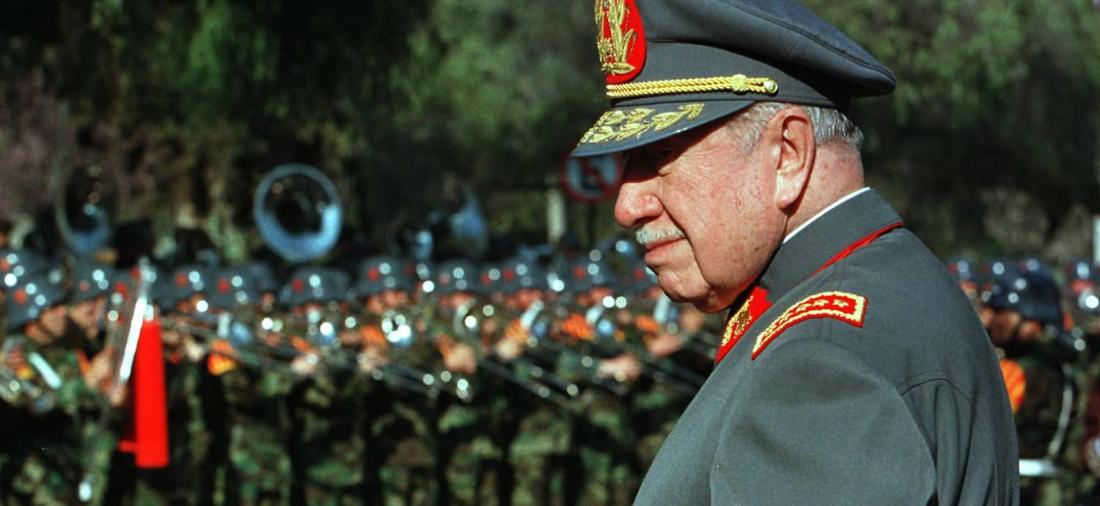 Español
Español
February 2, 2025
by Eva Neisser Echenberg
Early on July 2, 1986, Carmen Quintana, an 18-year-old Chilean student, left her home in Santiago in the neighborhood of Los Nogales with her older sister and some friends; all were on their way to a demonstration, carrying tires and kerosene to set up roadblocks, against General Pinochet's military government. Not far from their house, they met some soldiers. The others scattered. The soldiers only intercepted Carmen and Rodrigo Rojas. Rodrigo, a 19-year-old Chilean, was visiting from Washington, D.C. where he, his mother and brother had already lived in exile, in Canada and the United States, for ten years.
The soldiers stopped and questioned the two young people. They beat Rodrigo and searched Carmen. Then, in an act of inhuman brutality, they poured the kerosene over them and set them on fire. Carmen's sister and her boyfriend witnessed the events. The soldiers then loaded them onto a military vehicle and dumped their badly burnt bodies in a secluded ditch some 20 kilometers away. Carmen suffered burns on 65 percent of her body. Rodrigo's injuries were even worse. He did not survive the attack, dying after four days.
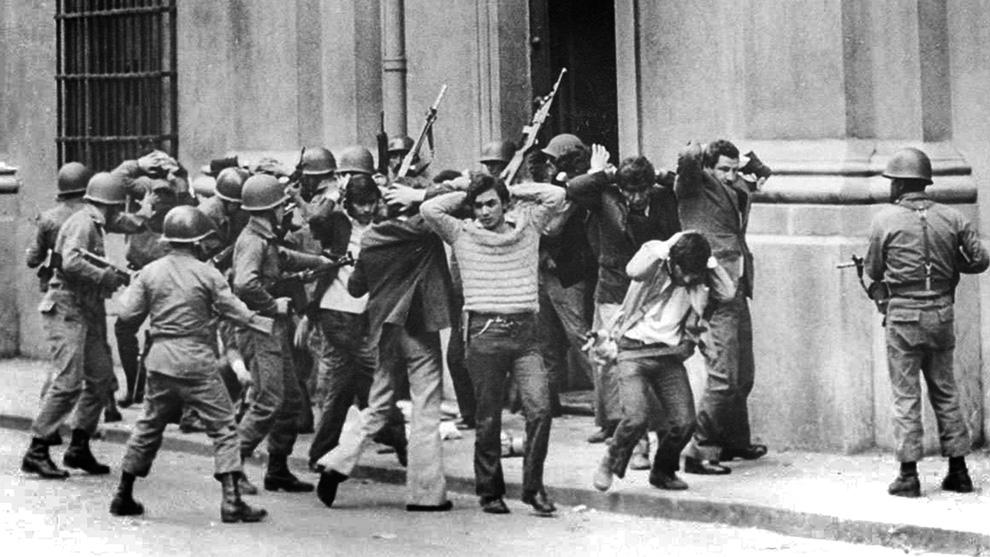
The violence against these two young people horrified the country. In a show of solidarity, many Chileans showed up at the hospital to donate blood. It was a time of great repression. The military government tried to intimidate the entire country and specifically lashed out against Carmen's family. They jailed Carmen's older sister and her boyfriend for 24 hours and threatened other members of the family. Carmen's parents were in a panic, between visits to the hospital and fear of reprisals against their other five children.
Carmen was still in such a serious medical condition that she did not know that the violence against her had compromised the entire family. Meanwhile, the international press used Carmen and Rodrigo as examples to expose the government to international criticism. As a result, several countries offered political asylum to the family and Carmen's parents had to make a series of monumental decisions. They decided to leave Chile not only for medical reasons, but also to protect all family members. They chose Canada, the country that offered them the most help.
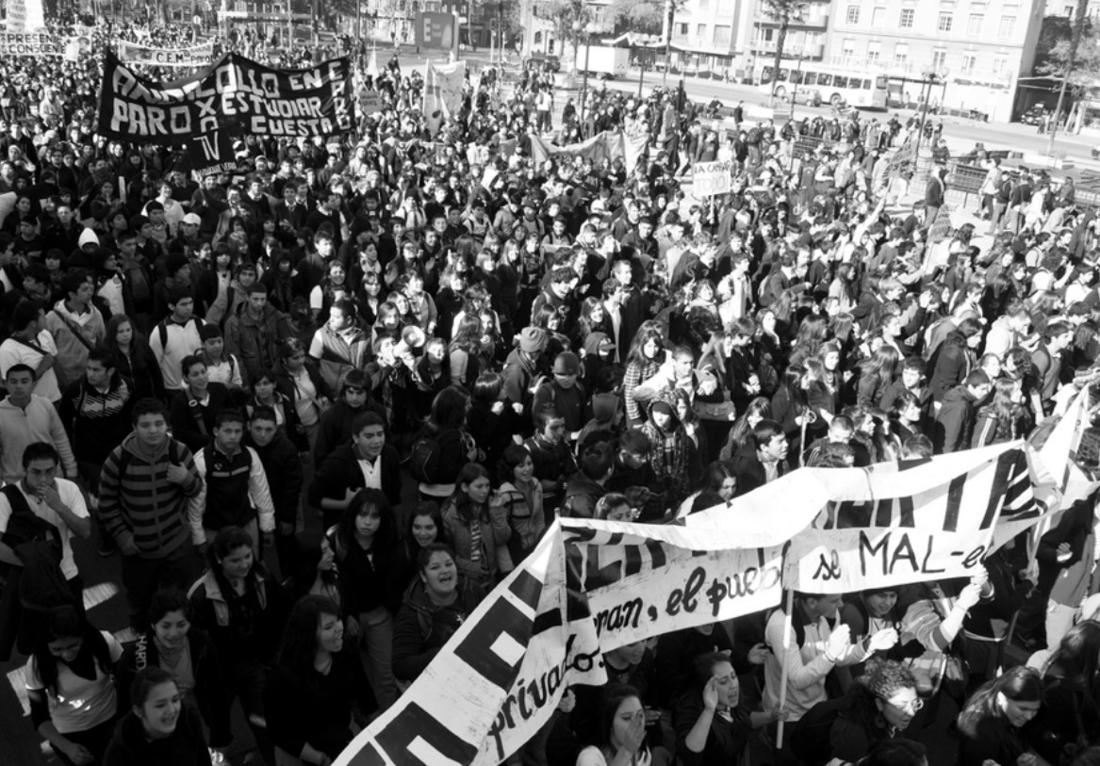
Carmen was still in a coma when her doctor and the entire family traveled from Santiago to Montreal. She was immediately transferred to a burn unit at Montreal's Hotel Dieu Hospital. She overcame the first critical days, showed great inner strength and a strong desire to live and slowly began to recover. In order to regain her independence, she endured many operations and spent innumerable hours in physical therapy. She also had to relearn the most basic things: how to sit, how to walk, how to eat alone, how to dress. And beyond the physical issues, Carmen had to adapt to her new reality. Before the attack she had been a beautiful 18-year-old woman. Now her face was a mask that doctors were reconstructing with plastic surgery.
At that time, a journalist friend of mine was writing a piece about Carmen and requested my help as a translator. I have blocked out my memories of that hospital burn unit with only one exception. I remember seeing Carmen's burned foot and thinking that if her foot was that disfigured, I could not begin to imagine the rest of her body. My friend interviewed her a second time in a small apartment in Montreal's Saint Henri neighborhood. Carmen said almost nothing. Her mother told us they really just wanted to go home to Chile.
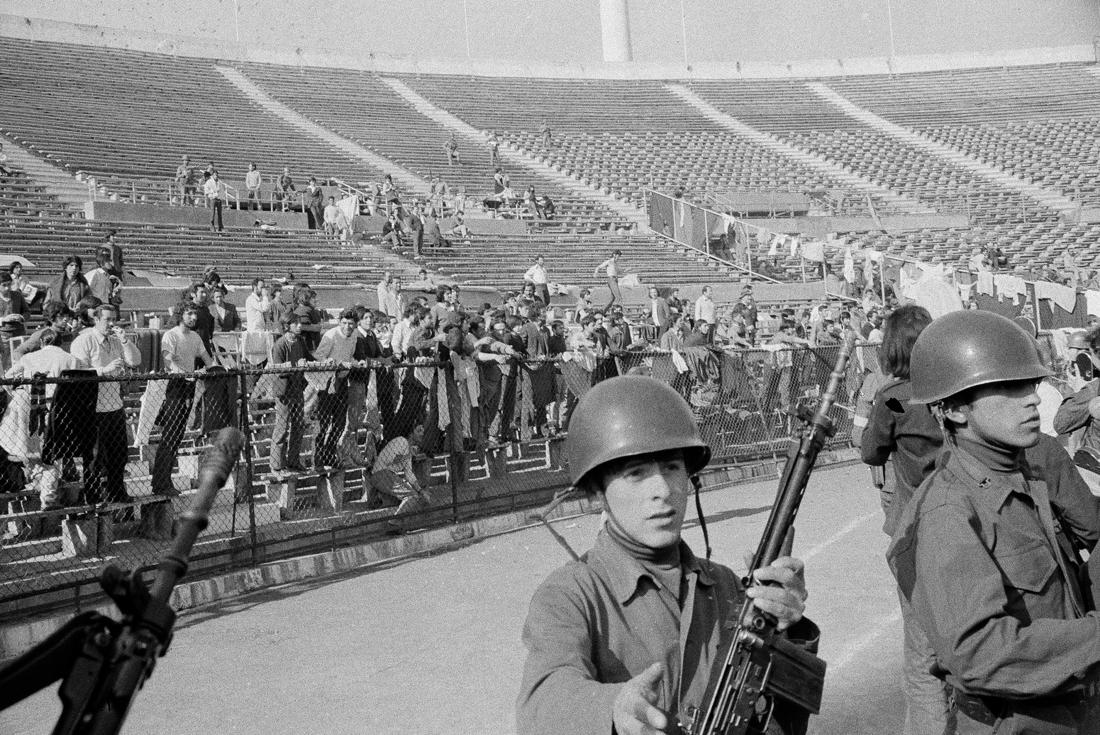
Ten months later, still in recovery, Carmen traveled to Chile for six days to meet Pope John Paul II and demonstrate the cruelty of the regime. She had become a symbol of the opposition to the dictatorship. Later, in July of 1987, she returned to participate in the trial against the soldiers who had burned her.
Finally, in August of '88 Carmen and her family returned to Chile permanently. She still had physical problems and the operations continued in her country, but a year after her arrival there were democratic elections in Chile and the Pinochet government fell from power.
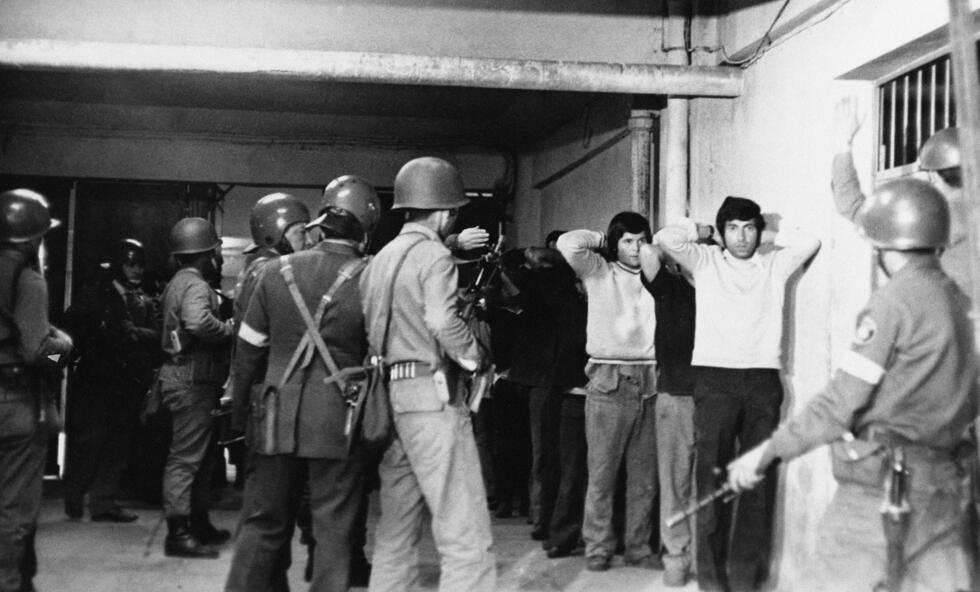
In 1991, a military tribunal found the perpetrators not guilty and declared that the young people were carrying Molotov cocktails that exploded accidentally.
But Carmen's terrible story did not end until 2015, twenty-nine years after she was burned, when one of the perpetrators finally broke the "pact of silence" within the army. The men who burned Carmen and Rodrigo were finally tried and brought to justice. The family sued the government and won compensation. Today the case has such notoriety in Chile that it is simply referred to as the "Caso Quemados," the "Case of the burn victims." Today Carmen is in her mid-fifties. More than a symbol, she is a mother and a professional psychologist who lives in Valparaiso.
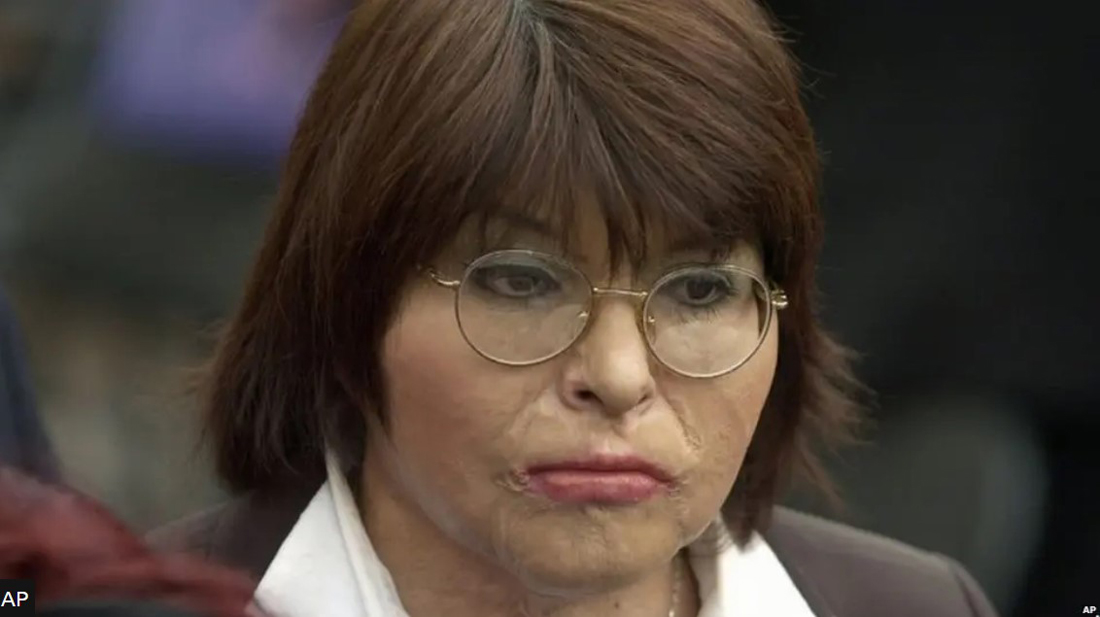
Carmen Quintana
*
**************
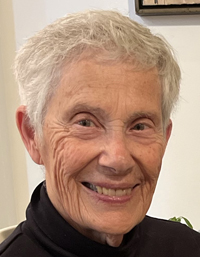
Eva Neisser Echenberg is a Canadian teacher, writer, and presenter who spends winters in SMA. Born in Lima, she has spent her adult life in Montreal. She has written a memoir, Walter's Welcome, the Intimate Story of a German-Jewish Family' s Flight from the Nazis to Peru. In SMA, she volunteers at the folk-art museum, La Esquina, where she also gives weekly guided tours of this outstanding gallery.
Eva writes cultural resources for the Spanish language classrooms. All her Lokkal texts, in their original Spanish version with exercises to further Spanish language acquisition, are available online. Eva is a firm believer that interesting content makes language learning relevant. TeachersPayTeacher (TpT) under Miraflores Cultural Resources:
www.teacherspayteachers.com
**************
*****
Please contribute to Lokkal,
SMA's online collective:
 ***
***
Discover Lokkal:
Watch the two-minute video below.
Then, just below that, scroll down SMA's Community Wall.
Mission

Visit SMA's Social Network
Contact / Contactar

